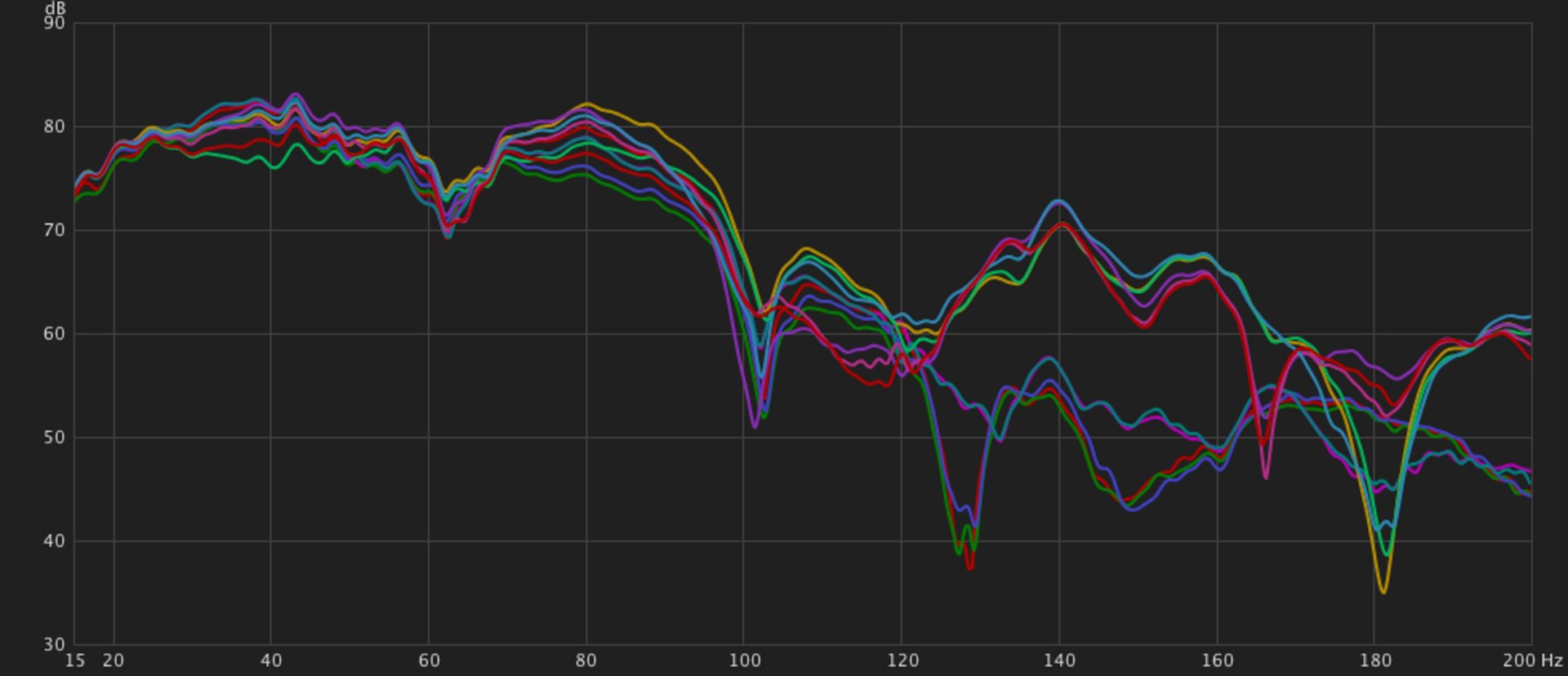Although I was initially quite pleased with my Jamuary 2406 recording, upon listening back closely I realized there was something not right. Once the delays faded in, I could only hear them in the Right channel, but not the Left. In fact, I couldn’t hear any of the melody in the Left channel with any real clarity. Chords are there. The granular processing is there. Reverb on the chords and granular processing is there. But the melody is all but completely missing. So rather than start a brand new patch from scratch, I decided to both fix and improve upon this one. I really liked the direction Jamuary 2406 was taking, and so felt like experimenting and pushing it was a better move than abandoning a promising patch in its infancy without exploring the possibilities.
Troubleshooting a problem is rarely any fun. Sure, there’s the knowledge gained as a result of your toil, and if there’s a problem maybe it’ll be fixed. If you conceptually plan your troubleshooting section you can cut down on time, but the process itself is tedious and time consuming. I want to do cool new stuff, not fix old stuff that doesn’t work right. But sometimes the frustration and tsunami of cuss words as potential solutions fail one after another and available avenues begin to dwindle pays off big and can teach you valuable lessons.

The problem with the recorded patch is that the melody is scarcely present in the left channel. It’s there, but just barely. The right channel comes in clear, its brightness piercing first through silence, then through a thick fog of delay, reverb, and grains spewed about in every direction. The patch is designed so that the melody should be prominent. The left channel is the “Main” output of the Joranalogue Fold 6, with the right channel being the “Alt” output. Both outputs go to individual channels of the Rabid Elephant Natural Gate with identical settings, and on to the matrix mixer. I knew the problem was likely to be in the left channel’s audio path, but didn’t discount the possibility of the control path being an issue, or the that there could be an equipment malfunction (which seemed the least likely).
So onwards I trekked through a web of cables, many of which either coming from or going to very crowded modules, to find my problem. I had thought about the possibilities and made a fairly detailed examination of the patch so that I could streamline the process, and I’m glad I did. I started at the beginning (the VCO), and moved methodically through the audio and control paths of each channel, and then Bam! I found my discrepancy. The “Material” switch did not match. The right channel was on the hardest surface, while the left channel was on the softest. I wanted the attack of the softer surface, and so switched the left channel downwards, but then the melody was now just barely there in both channels.

And this is why troubleshooting is so valuable. Because you may learn something crucial in the process, which was absolutely the case today. Although I’m very familiar with LPGs, I have several that I really enjoy using and have had several others, Natural Gate is new to me, so I had no idea why the level dropped so much between the different surfaces. It turns out that mimicking the real world was definitely a priority when designing the attacks for their different material settings. Not only does the softer material have a slower attack, it’s also a lot quieter. A gate to the “Hit” input is not enough to bring a quieter sound up to a good listening level. So after RTFM, I discovered that an envelope to the “CTRL” input was what I needed. And although it helped, it still didn’t do the trick. So I looked back at my written plan, and saw starkly:
“I’m unclear on how the different attenuators function.”
By “different attenuators” I meant specifically those for the “CTRL” inputs. So I turned them. Better but still not quite right, I turned them some more. The same, just louder. A quick adjustment to the envelope, and I was in business. 2 channels playing what I wanted at the correct level. Success. My problem was fixed, and I learned something about Natural Gate that I will now use forever.
But I didn’t want to just correct the technical problem, hit record, and move on. There were improvements I wanted to make too. I wanted to tame some of the modulation, and I wanted something that was a lot more wet so we could move the patch in a more abstract direction. I’d start with the melody line, but then fade it in and out throughout, while continuously sending the melody to a highly modulated Holocene Electronics Non-Linear Memory Machine and Error Electrinics Brinta, with those going through the beautiful Vongon Ultrasheer reverb.

So I busted out my trusty 0hp attenuators and went to town adjusting and tempering the modulation from NLC”s The Hypster and Joranalogue Filter 8, and played with the modulation settings on the Error Instruments Brinta. I also adjusted some of the settings on the Bizarre Jezabel Seju Stereo (as well as the attenuation on its modulation), which is filtering chords from the Acid Rain Technology Chainsaw.



The patch is still not perfect. I like many of the sounds, but it’s time to start thinking about arrangement, pace, and getting to the business of composition, not just building a nice sounding patch. It’s time to start evaluating what is missing and what needs to be trimmed or de-emphasized. What needs to happen to turn this patch into something special.



